
Rhododendron: pruning, diseases and care
An evergreen and floriferous bush
Contents
The Rhododendron is the star of shady gardens. Easy to care for and very hardy, it is an essential heather soil bush that offers a profusion of colourful flowering every spring… provided you give it a little attention and appropriate care.
How to prune the Rhododendron, maintain it, and protect it from diseases? Discover all the advice from our experts.
Pruning
A well-established Rhododendron requires little care to maintain its good health. In spring or late winter, you can incorporate a little compost by superficial scratching around the base every year or every two years, or use a special heather soil fertiliser.
Each year, spread a good layer of organic mulch (bark or pine needles, leaf litter) to keep its roots cool during the summer heat.
Water only with rainwater. In summer, water moderately 2 to 3 times a month.
At the end of flowering, remove faded flowers to prevent exhausting the bush and to encourage a beautiful flowering the following year.
Pruning is unnecessary. At the end of summer, a very light refreshment to maintain a balanced and airy habit will suffice. Learn more in our tutorial How to prune a rhododendron?
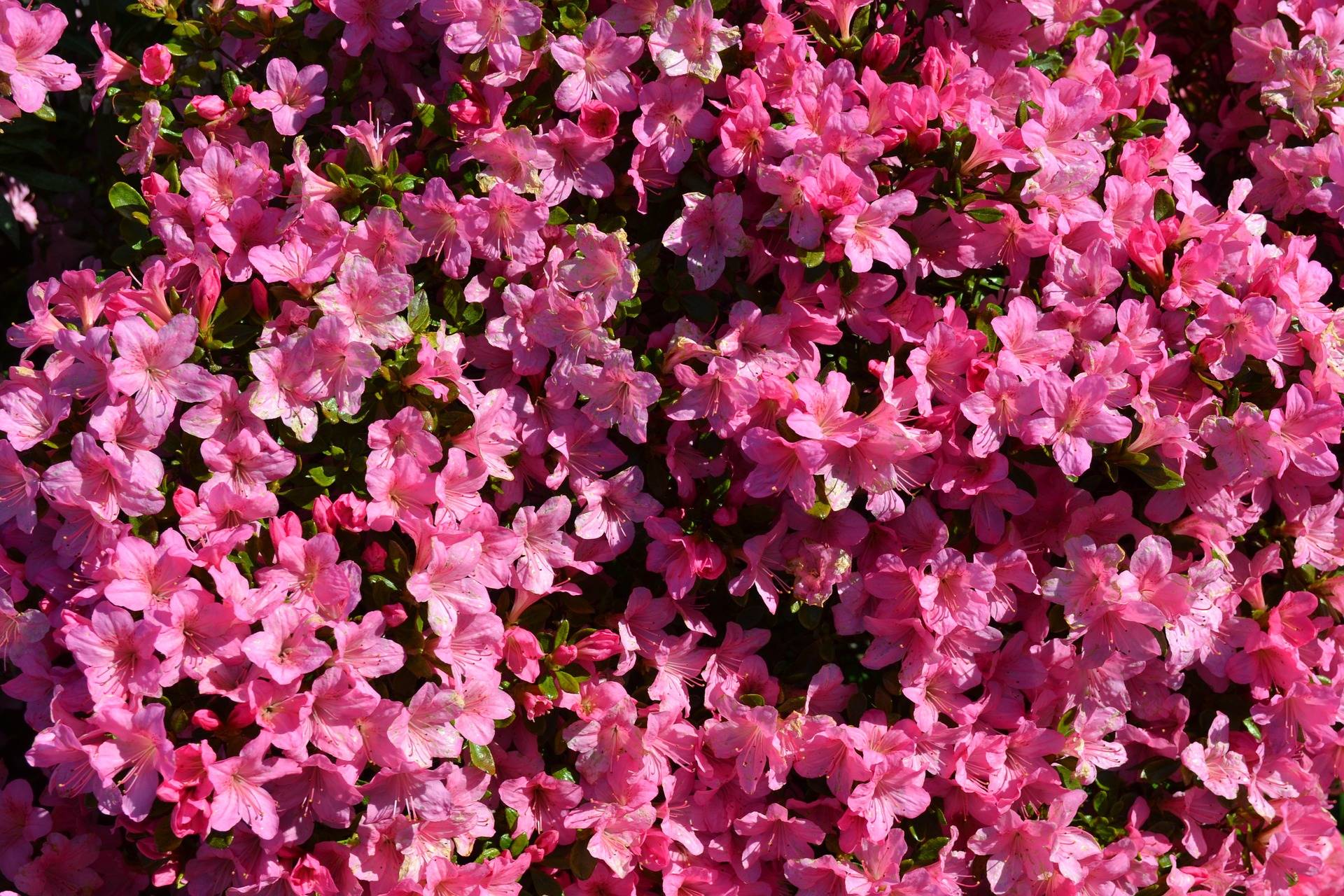
Read also
Rhododendron: planting, growing and careCare and potential diseases
Cultivated under good conditions, Rhododendron is generally not very susceptible to diseases and pests.
It can sometimes be attacked by the adult weevil, which eats the edges of the leaves, or the famous rhododendron tiger. However, neither causes significant damage to the bush. Yellowing of the leaves (chlorosis) in Rhododendron indicates poor iron assimilation, particularly in calcareous or waterlogged soils, and can lead to the slow death of the bush.
Its main enemy is Phytophthora, a soil-borne fungus whose attack can kill it as suddenly as it is radical. The foliage discolours, turns brown or red, and then dries out. The plant then dies quickly. There is no control method, but these issues are rare if cultivation advice is followed: plant in healthy soil, avoid excess water in the soil, and improve drainage. If, despite these precautions, an attack occurs: uproot the affected plants and remove the soil surrounding their roots. Never replant sensitive species in the same spot.
Intolerant of lime, the leaves of Rhododendron discolour and yellow in the presence of excess lime (chlorosis). The culprit may simply be the watering water. Water only with rainwater.
Rhododendrons can also be affected by powdery mildew and red spider mites, which damage the foliage.
Discover other Rhododendron and Azalea
View all →Available in 1 sizes
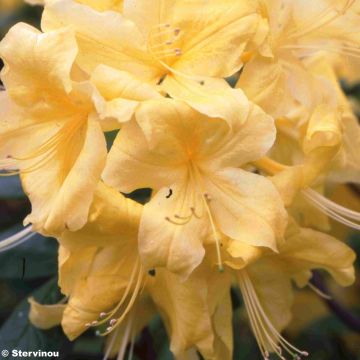
Available in 1 sizes
Available in 1 sizes
Available in 1 sizes
Available in 1 sizes
Available in 1 sizes
Available in 1 sizes
Available in 1 sizes
Available in 1 sizes
Available in 1 sizes
- Subscribe!
- Contents































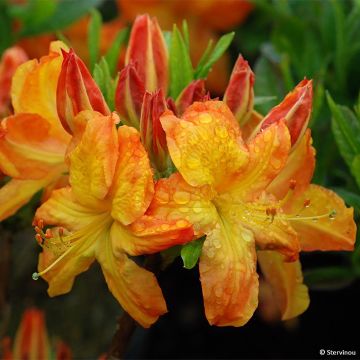
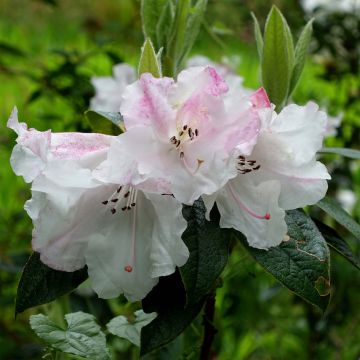
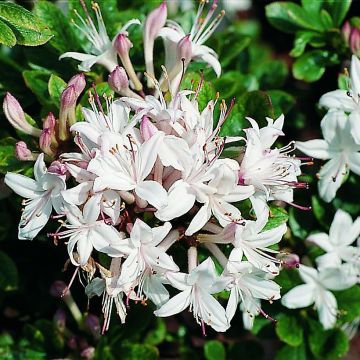
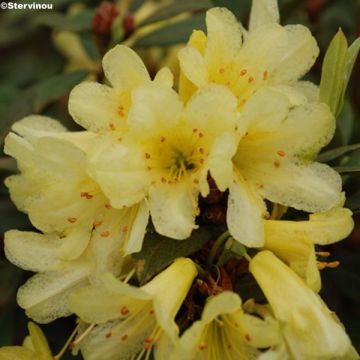
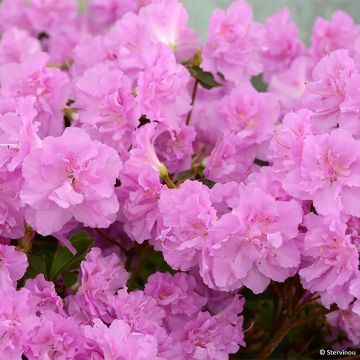
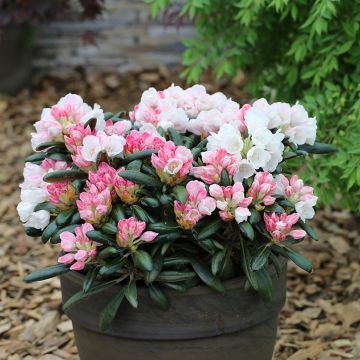
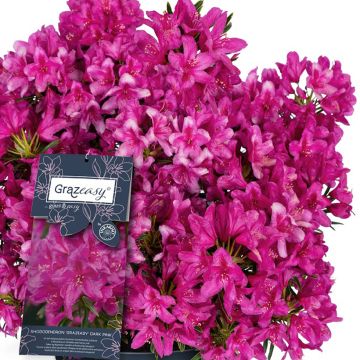

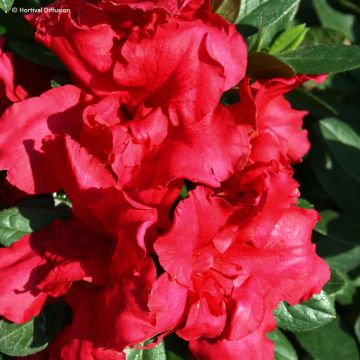
Comments